
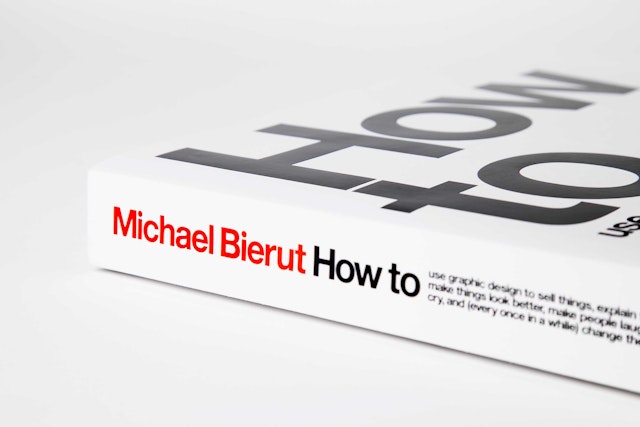
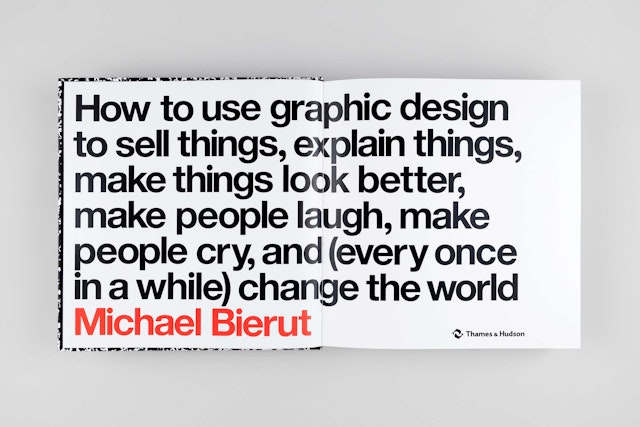



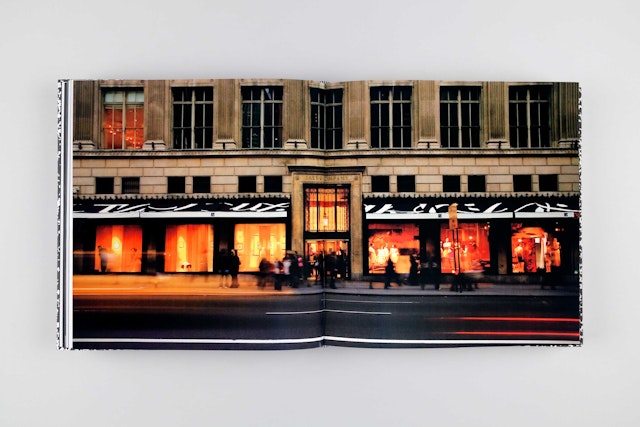

Conceived as a design manual, How to… features 36 case studies that cover the creation of all types of work, from identity, logos and branding to environmental graphics, packaging, books and websites, many times all in one project.
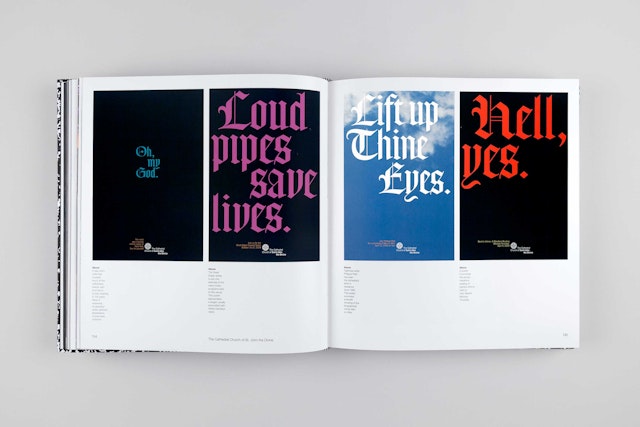
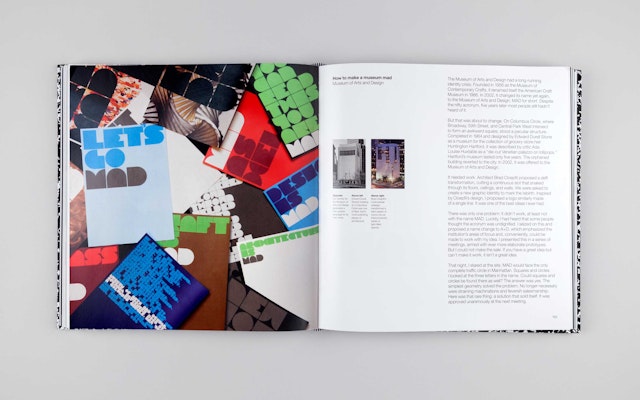
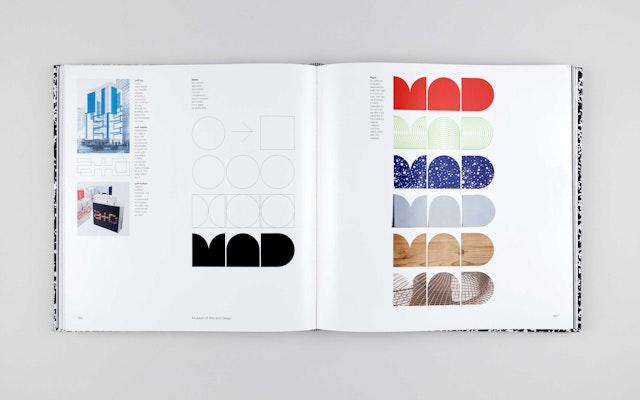
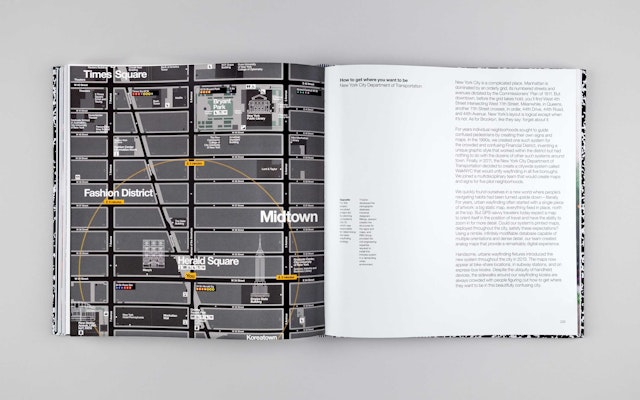
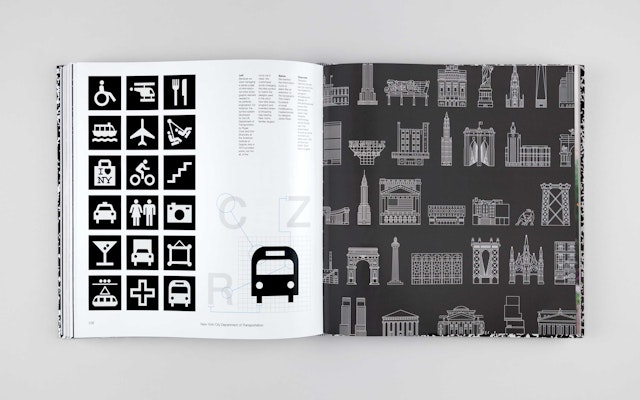
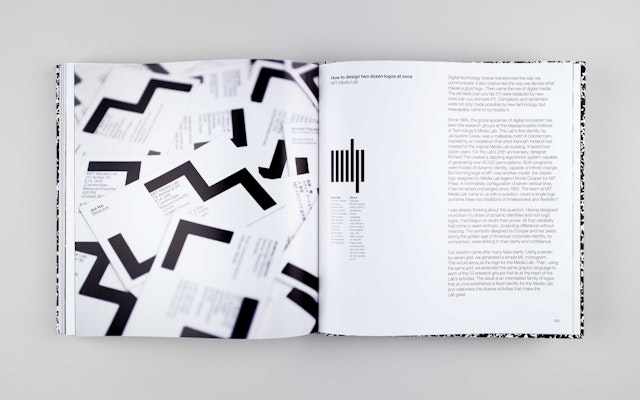
Pentagram’s Michael Bierut shares over three decades of his work in How to use graphic design to sell things, explain things, make things look better, make people laugh, make people cry, and (every once in a while) change the world, his first career monograph. The book is out today from Harper Design in the U.S. and published by Thames & Hudson in the UK and niggli Verlag in Germany.
Conceived as a design manual, How to… features 36 case studies that cover the creation of all types of work, from identity, logos and branding to environmental graphics, packaging, books and websites, many times all in one project. Featured clients include the Brooklyn Academy of Music, the Yale School of Architecture, the New York Times, Saks Fifth Avenue, and the New York Jets, among many others.
Bierut frames each project as a specific challenge: “How to behave in church” covers his wide-ranging work for the Cathedral Church of St. John the Divine; “How to get where you want to be” describes the creation of the WalkNYC pedestrian wayfinding; and “How to design two dozen logos at once” looks at his identity for the MIT Media Lab. The work is detailed from start to finish, with insights into the creative process, his relationships with clients, and what he learned from the project. In planning the monograph, Bierut was inspired by classic design books like Armin Hofmann’s Graphic Design Manual: Principles and Practice and Milton Glaser’s Graphic Design.
In the introduction, Bierut tells the story of how he discovered graphic design as a child and ended up pursuing it as a career. The book begins with a chapter about the inexpensive composition notebooks Bierut uses to sketch and refine his ideas, with a portfolio of full-scale reproductions of selected spreads. Underneath its bookjacket, How to… is bound in a black-and-white marble pattern inspired by the notebooks.
Sector
- Publishing
- Arts & Culture
Discipline
- Books
Office
- New York
